Home>Articles>How To Really Budget For A Fixer-Upper, According To Experts
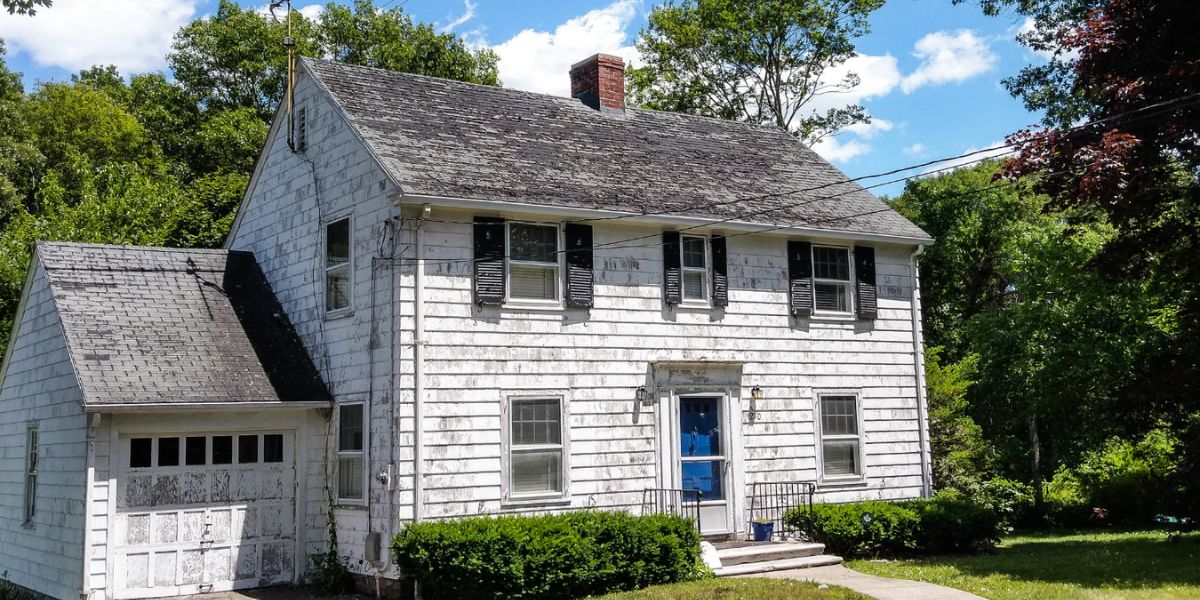

Articles
How To Really Budget For A Fixer-Upper, According To Experts
Modified: February 25, 2024
Learn expert tips on budgeting for a fixer-upper in this informative articles. Discover how to make the most of your renovation budget and avoid common pitfalls.
(Many of the links in this article redirect to a specific reviewed product. Your purchase of these products through affiliate links helps to generate commission for Storables.com, at no extra cost. Learn more)
Introduction
Buying a fixer-upper can be an exciting and financially rewarding venture. Whether you’re looking to create your dream home or make a profit by flipping a property, taking on a fixer-upper requires careful planning and budgeting. While the prospect of renovating a property can seem daunting, with the right strategies and expert advice, you can effectively budget for a fixer-upper project and achieve remarkable results. In this article, we will explore the key considerations and expert tips to help you navigate the world of fixer-uppers and create a budget that sets you up for success.
Before we delve into the nitty-gritty details of budgeting for a fixer-upper, it’s important to understand the concept itself. A fixer-upper is a property that requires significant repairs or renovations to bring it up to desired standards. These types of properties are often priced lower than move-in ready homes, providing buyers with an opportunity to invest in real estate and customize the space according to their preferences.
However, it’s crucial to recognize that purchasing a fixer-upper comes with its own set of benefits and challenges. On the positive side, fixer-uppers can be purchased at a lower price, allowing you to potentially build equity or explore creative financing options. Additionally, you have the freedom to design and personalize the space to your liking. On the other hand, fixer-uppers require thorough assessments of renovation costs, potential hidden issues, and the investment of time and effort. It’s essential to weigh these factors before diving into a fixer-upper project.
The first step in budgeting for a fixer-upper is to evaluate your financial situation. Understanding how much you can afford to spend on a property, renovations, and associated costs is crucial. Assess your current income, expenses, savings, and consider consulting with a financial advisor or mortgage specialist to determine a realistic budget range. By having a clear understanding of your financial limitations, you can avoid overextending yourself and ensure that the project remains within your means.
Once you’ve determined your budget, it’s time to estimate the purchase price and renovation costs. Research comparable properties in the area and consult with real estate agents or appraisers to gain insights into the potential value of the fixer-upper after renovations. When estimating renovation costs, consider the scope of work needed, such as plumbing, electrical, structural improvements, and cosmetic upgrades. Seek advice from contractors, architects, or other professionals to get accurate estimations for each aspect of the project.
In addition to the purchase price and renovation costs, it’s essential to factor in additional expenses. Closing costs, permits, inspections, and insurance are all part of the budgeting process when dealing with a fixer-upper. Be sure to research and account for these costs to avoid any surprises during the renovation journey. Overlooking such expenses can lead to budget blowouts and delays.
Creating a comprehensive renovation plan is another critical component of budgeting for a fixer-upper. Prioritize the renovations based on your needs and long-term goals. Consider starting with essential repairs and upgrades that directly impact the functionality and safety of the property. Seek professional advice to understand what improvements will add the most value and appeal. Research materials and labor costs to make informed decisions about the quality and price of the products you plan to use. Having a well-defined renovation plan will streamline the budgeting process and ensure that you allocate funds efficiently.
Key Takeaways:
- Budgeting for a fixer-upper involves assessing your financial situation, estimating purchase and renovation costs, and considering additional expenses. A comprehensive renovation plan and realistic timeline are crucial for success.
- Exploring financing options, allocating funds for contingencies, and monitoring expenses are essential steps in effectively budgeting for a fixer-upper project. With careful planning and tracking, you can navigate the challenges and achieve your vision.
Understanding the concept of a fixer-upper
When it comes to real estate, the term “fixer-upper” refers to a property that is in need of significant repairs or renovations. These properties often have structural, functional, or aesthetic issues that need to be addressed. Fixer-uppers are usually priced lower than move-in ready homes, making them an attractive option for buyers looking to invest in real estate or create their dream home.
Benefits of buying a fixer-upper:
- Lower purchase price: One of the primary advantages of purchasing a fixer-upper is the lower purchase price. Since these properties require extensive work, they are typically listed at a lower price compared to similar homes in better condition. This affordability allows buyers to enter the real estate market or invest in additional renovations.
- Customization and personalization: Buying a fixer-upper gives you the opportunity to transform the property according to your taste and preferences. You have the freedom to choose the finishes, materials, and layouts that suit your style. This level of customization can be highly rewarding, as you end up with a home that reflects your personal vision.
- Potential for equity building: By purchasing a fixer-upper property at a lower price and investing in renovations, you have the potential to build equity. As you improve the condition and value of the property, you can increase its market worth, allowing you to potentially sell it for a profit in the future.
- Creative financing options: Fixer-upper properties offer unique financing opportunities. Some banks and lenders provide specialized loan programs that include both the purchase price and renovation costs, such as a renovation loan or a construction loan. These options can help you secure the necessary funds for your project.
Challenges of buying a fixer-upper:
- Renovation costs: One of the major challenges of buying a fixer-upper is the cost of renovation. The upfront investment required to repair and upgrade the property can be substantial. It’s important to have a thorough understanding of the renovation costs and create a realistic budget to avoid financial strain.
- Time and effort: Fixer-upper projects require a significant amount of time and effort. It’s important to have a realistic assessment of your available time and the level of commitment required. Renovations can disrupt your daily routine, and unexpected challenges may arise, causing delays and frustrations.
- Unforeseen issues: When purchasing a fixer-upper, there is always the possibility of uncovering hidden issues during renovations. Structural problems, plumbing or electrical issues, or other underlying problems may only become apparent once the work has begun. These unforeseen issues can lead to higher costs and extended timelines.
- Skills and expertise: Depending on the extent of the renovations, you may need to hire professionals or possess the necessary skills to complete certain tasks. It’s important to assess your own abilities and determine the scope of work you can confidently handle. Hiring contractors or tradespeople adds to the overall project costs.
Now that you have a clear understanding of what defines a fixer-upper property and the benefits and challenges associated with purchasing one, you can make an informed decision about whether a fixer-upper is the right choice for you. With careful planning, budgeting, and realistic expectations, investing in a fixer-upper can be a rewarding endeavor that allows you to create the home of your dreams or build equity in the real estate market.
Determining your budget
Before embarking on a fixer-upper project, it is crucial to determine your budget. Assessing your financial situation and estimating the costs involved will help ensure that you can successfully complete the renovations without facing any financial setbacks. Here are the key steps to consider when determining your budget for a fixer-upper:
Assessing your financial situation
Start by evaluating your financial position. Take into account factors such as your income, savings, and current expenses. It’s important to have a clear understanding of your financial capabilities to avoid taking on a project that exceeds your means. Consider consulting with a financial advisor or mortgage specialist who can provide guidance and help you determine a realistic budget range.
Estimating the purchase price and renovation costs
The next step is to estimate the purchase price of the fixer-upper property and the costs associated with renovations. Research comparable properties in the area to gain insight into the potential value of the property after renovations. Take into consideration the scope of work required, such as structural improvements, plumbing and electrical upgrades, and cosmetic changes. Seek advice from contractors, architects, or other professionals to obtain accurate estimations for each aspect of the project.
Considering additional expenses
In addition to the purchase price and renovation costs, it is important to consider additional expenses that may arise throughout the process. Closing costs, permits, inspections, and insurance are examples of some of the costs that can impact your budget. Research and understand the specific requirements and costs associated with your local municipality, as regulations and fees can vary. By accounting for these additional expenses, you can avoid any surprises and ensure that your budget remains intact.
Creating a comprehensive and accurate budget will provide you with a clear roadmap for your fixer-upper project. It will help you establish financial boundaries and guide your decision-making process when it comes to selecting materials and determining the scope of renovations. Remember that being realistic about your budget and leaving room for unexpected costs will help you navigate any challenges that may arise during the renovation process.
Creating a comprehensive renovation plan
Once you have determined your budget for a fixer-upper project, the next step is to create a comprehensive renovation plan. This plan will serve as a roadmap for the renovations and help ensure that your budget is allocated efficiently. Here are the key steps in creating a renovation plan:
Prioritizing renovations
Start by prioritizing the renovations based on your needs, goals, and budget. Identify the areas of the property that require immediate attention, such as structural repairs or safety concerns. Prioritize these essential renovations before moving on to cosmetic upgrades. By prioritizing the renovations, you can ensure that the necessary work is completed first while maintaining flexibility for future improvements.
Seeking professional advice
When planning a fixer-upper project, it’s important to seek professional advice. Consult with an architect, contractor, or design professional to evaluate the property and provide guidance on the best course of action. These experts can help identify potential issues, recommend cost-effective solutions, and provide insight into design options. Their expertise and experience will ensure that your renovations are well-planned and executed.
Researching materials and labor costs
To effectively budget for your fixer-upper project, research and understand the costs associated with materials and labor. Compare prices from different suppliers and vendors to get the best deals without compromising on quality. Consider the durability and longevity of materials to make informed decisions that align with your budget and long-term goals. Additionally, research labor costs by obtaining multiple quotes from reputable contractors and tradespeople. This will help you gauge the market rates and ensure that your budget includes accurate figures for labor expenses.
Creating a comprehensive renovation plan will not only help you guide your project but also make it easier to communicate your vision to contractors and tradespeople. With a clear plan in place, you can effectively manage your budget and ensure that the renovations stay on track.
Setting a realistic timeline
When embarking on a fixer-upper project, setting a realistic timeline is essential to ensure the smooth progress of renovations. A well-planned timeline helps you stay organized, manage expectations, and avoid unnecessary delays. Here are some key considerations to keep in mind when setting a timeline for your fixer-upper project:
Breaking down the renovation process
Start by breaking down the renovation process into smaller tasks and milestones. Identify the major phases of the project, such as demolition, structural repairs, plumbing and electrical work, and cosmetic upgrades. Estimate the time needed for each phase, considering factors like the complexity of the work and the availability of materials and labor. Breaking down the process will provide a clear outline of the project scope and help you allocate time appropriately.
Allocating time for unforeseen circumstances
It’s crucial to allocate time for unforeseen circumstances that may arise during the renovation process. Despite thorough planning, unexpected issues or delays can occur, such as hidden structural problems or permit delays. It’s always best to have a buffer in your timeline to account for these unforeseen circumstances and minimize the stress and frustration they may cause. This will also help you avoid rushing through the renovations, allowing for a more thorough and high-quality outcome.
Managing the renovation alongside your daily life
Consider how you will manage the renovation project alongside your regular daily life. Understand the level of disruption that the renovations may cause and plan accordingly. If you are living in the property during renovations, make sure to schedule the work in a way that minimizes disturbances to your daily routines. If necessary, factor in temporary accommodations or alternate living arrangements if the renovations are extensive and make the property temporarily uninhabitable. This will help you effectively manage your time and ensure a smoother transition during the renovation process.
Remember, setting a realistic timeline is crucial for the success of your fixer-upper project. It allows you to plan and allocate resources effectively, manage unexpected challenges, and coordinate the renovations alongside your daily life. By carefully considering these factors, you can ensure that your project progresses smoothly and is completed within a timeframe that meets your goals and expectations.
Financing options for a fixer-upper
When considering a fixer-upper project, exploring different financing options is crucial to determine how you will fund the purchase and renovation costs. Here are some common financing options to consider when undertaking a fixer-upper project:
Traditional mortgage loans
One of the most common ways to finance a fixer-upper is through a traditional mortgage loan. With this option, the lender provides funds based on a percentage of the home’s appraised value after renovations. The loan amount is typically based on the “as completed” value of the property. This means that you can secure a mortgage loan based on the estimated value of the property after renovations are completed. Traditional mortgage loans often come with competitive interest rates, making them an attractive choice for many homebuyers.
Home renovation loans
Home renovation loans are specifically designed for financing the purchase and renovation of fixer-upper properties. These loans usually include the loan amount for purchasing the property and an additional amount to cover the renovation costs. The advantage of home renovation loans is that they provide a single loan to cover both aspects of the project, simplifying the financing process. Additionally, some renovation loans may allow for flexible terms and offer special provisions to streamline the process, such as allowing funds to be disbursed in installments as the renovations progress.
Personal loans and lines of credit
For individuals who have sufficient equity in their current property or other assets, personal loans and lines of credit can be viable options for financing a fixer-upper. Personal loans are typically unsecured, meaning they do not require collateral, and can be used for various expenses, including renovations. Lines of credit, on the other hand, provide a revolving credit limit that can be used as needed and paid back over time. Both options provide flexibility in terms of how the funds are used for the fixer-upper project.
It’s essential to carefully consider the terms, interest rates, and repayment options of each financing option before making a decision. Consult with financial advisors or mortgage specialists to understand the specific requirements and benefits of each option. Additionally, thoroughly assess your financial situation and determine how each financing option aligns with your long-term goals and ability to repay the loan.
By exploring these financing options, you can select the one that best fits your needs and helps you effectively fund your fixer-upper project. Remember to consider factors such as interest rates, repayment terms, and flexibility to ensure that the financing option aligns with your overall budget and renovation plans.
Allocating funds for contingencies
When budgeting for a fixer-upper project, it’s crucial to allocate funds for contingencies. While thorough planning and research are essential, unexpected expenses and unforeseen issues can arise during the renovation process. Allocating funds for contingencies will ensure that you have a safety net to cover any unexpected costs that may arise. Here are the key considerations when setting up a contingency fund:
Understanding the importance of a contingency budget
A contingency budget is a buffer that is set aside specifically to cover unexpected expenses that may arise during the renovation process. Having a contingency budget is essential because it allows you to be prepared for unforeseen circumstances and helps prevent going over the initial budget. Without a contingency fund, you may be forced to make compromises, delay certain renovations, or even halt the project altogether if unexpected expenses exceed your available funds.
Recommended percentage for the contingency fund
The recommended percentage for a contingency fund varies depending on the scope and complexity of the renovations. While there is no hard and fast rule, it’s generally advised to allocate around 10-20% of the total renovation budget for contingencies. This percentage provides a reasonable buffer to account for unexpected costs without significantly impacting your overall budget. However, it’s important to assess your specific project and consult with professionals to determine the most appropriate amount for your contingency fund.
Examples of unexpected expenses
There are various examples of unexpected expenses that may arise during a fixer-upper project. Some common examples include:
- Structural issues: Discovering hidden structural problems such as mold, rot, or foundation cracks may require additional repairs and impact your budget.
- Permit fees and regulatory compliance: Obtaining permits and ensuring regulatory compliance can be costly. Unexpected permit requirements or changes in local regulations may result in additional expenses.
- Unforeseen plumbing or electrical problems: Discovering issues with plumbing or electrical systems that were not initially identified can lead to increased costs for repairs or upgrades.
- Hidden damage: Opening up walls or floors during renovations may reveal underlying damage that was not apparent during the initial assessment, necessitating further repairs and associated costs.
- Delays and change orders: Unforeseen delays in construction or changes in design plans can result in additional expenses for labor, materials, or subcontractors.
By anticipating and budgeting for these unexpected expenses, you can navigate unforeseen challenges without jeopardizing the success of your fixer-upper project. A well-funded contingency budget provides peace of mind and allows you to address any surprises that may arise during the renovations, ensuring that your project stays on track.
Monitoring and tracking expenses
When undertaking a fixer-upper project, it’s crucial to monitor and track your expenses to ensure that you stay within your budget and allocate your funds effectively. By keeping a close eye on your spending and having a system in place to track expenses, you can make informed decisions, identify any budgetary issues early on, and keep your project on track. Here are some key strategies for monitoring and tracking expenses during your fixer-upper project:
Utilizing budgeting tools and apps
Budgeting tools and apps can be invaluable when it comes to managing your expenses. There are various software programs and mobile applications available that can help you create a budget, track your expenses, and generate reports. These tools allow you to allocate funds to specific categories, update and monitor your expenses in real-time, and track your progress against your budget. By utilizing these tools, you can have a clear picture of your financial situation at any given time and make adjustments as necessary to stay within your allocated budget.
Keeping organized records of spending
Maintaining organized records of your spending is essential for accurate tracking of expenses. Create a system for storing and categorizing receipts, invoices, and any other relevant documents. This will allow you to easily refer back to these records when reviewing your budget or discussing expenses with contractors, suppliers, or your financial advisor. Digital tools and cloud storage can be particularly helpful in organizing and accessing your records efficiently.
Regularly reviewing the budget
Regularly reviewing your budget is crucial to ensure that you are on track and to identify any potential issues or areas where adjustments may be necessary. Take the time to review your budget at least once a month, comparing your actual expenses with your projected budget. This review will help you identify any unexpected or over-budget expenses, allowing you to make necessary adjustments moving forward. Regularly reviewing your budget keeps you aware of your financial situation and ensures you can make informed decisions as the project progresses.
Monitoring and tracking your expenses is a vital aspect of managing a fixer-upper project. By utilizing budgeting tools and apps, keeping organized records of spending, and regularly reviewing your budget, you can maintain control over your finances, stay within your allocated budget, and ensure the success of your fixer-upper project.
Conclusion
Taking on a fixer-upper project can be a thrilling and rewarding endeavor. With careful planning and budgeting, you can transform a property into your dream home or potentially profit from its resale value. Throughout this article, we explored the key considerations and expert tips to help you effectively budget for a fixer-upper project.
Understanding the concept of a fixer-upper is the first step towards success. Recognize the benefits of buying a fixer-upper, such as the lower purchase price, customization opportunities, potential for equity building, and creative financing options. Additionally, be aware of the challenges that come with fixer-uppers, including renovation costs, time and effort required, unforeseen issues, and the need for skills and expertise.
Determining your budget is crucial for a smooth renovation journey. Assess your financial situation, estimate the purchase price and renovation costs, and consider additional expenses like closing costs and permits. By doing so, you can avoid financial strain and ensure that your renovations stay on track.
Creating a comprehensive renovation plan helps you prioritize renovations, seek professional advice, and research materials and labor costs. This plan will provide guidance and help you allocate funds efficiently.
Setting a realistic timeline is vital to manage the renovation process effectively. Break down the renovations into smaller tasks, allocate time for unforeseen circumstances, and plan how to manage the renovations alongside your daily life.
Consider different financing options, such as traditional mortgage loans, home renovation loans, or personal loans and lines of credit. Evaluate the terms, interest rates, and repayment options to choose the best option for your fixer-upper project.
Allocate funds for contingencies to account for unexpected expenses. Understand the importance of a contingency budget, determine the recommended percentage for the contingency fund, and be aware of examples of unexpected expenses that may arise.
Lastly, monitor and track your expenses. Utilize budgeting tools and apps, keep organized records of spending, and regularly review your budget. This will help you stay on top of your finances and make informed decisions as the project progresses.
In conclusion, budgeting for a fixer-upper requires a combination of careful planning, realistic timelines, and accurate tracking of expenses. With these strategies in place, you can navigate the challenges of renovating a fixer-upper and ultimately achieve your vision for the property. By staying organized, informed, and flexible, you will be able to create a stunning home or investment opportunity while staying within your budget. Good luck with your fixer-upper project!
Frequently Asked Questions about How To Really Budget For A Fixer-Upper, According To Experts
Was this page helpful?
At Storables.com, we guarantee accurate and reliable information. Our content, validated by Expert Board Contributors, is crafted following stringent Editorial Policies. We're committed to providing you with well-researched, expert-backed insights for all your informational needs.

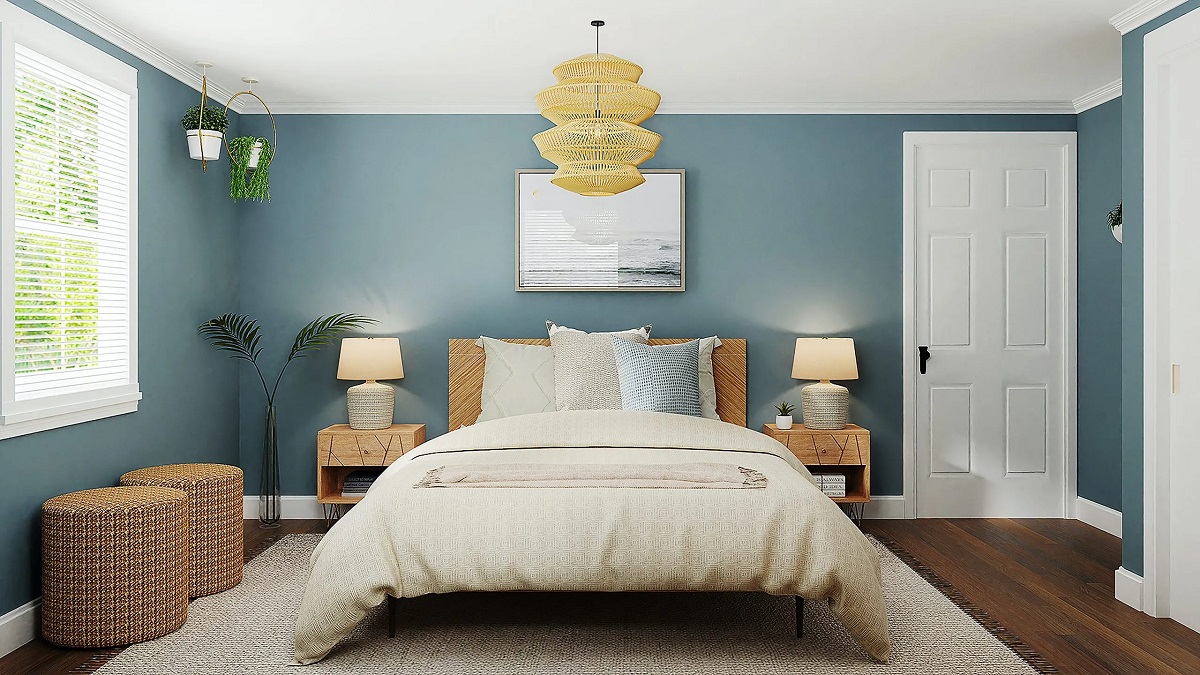
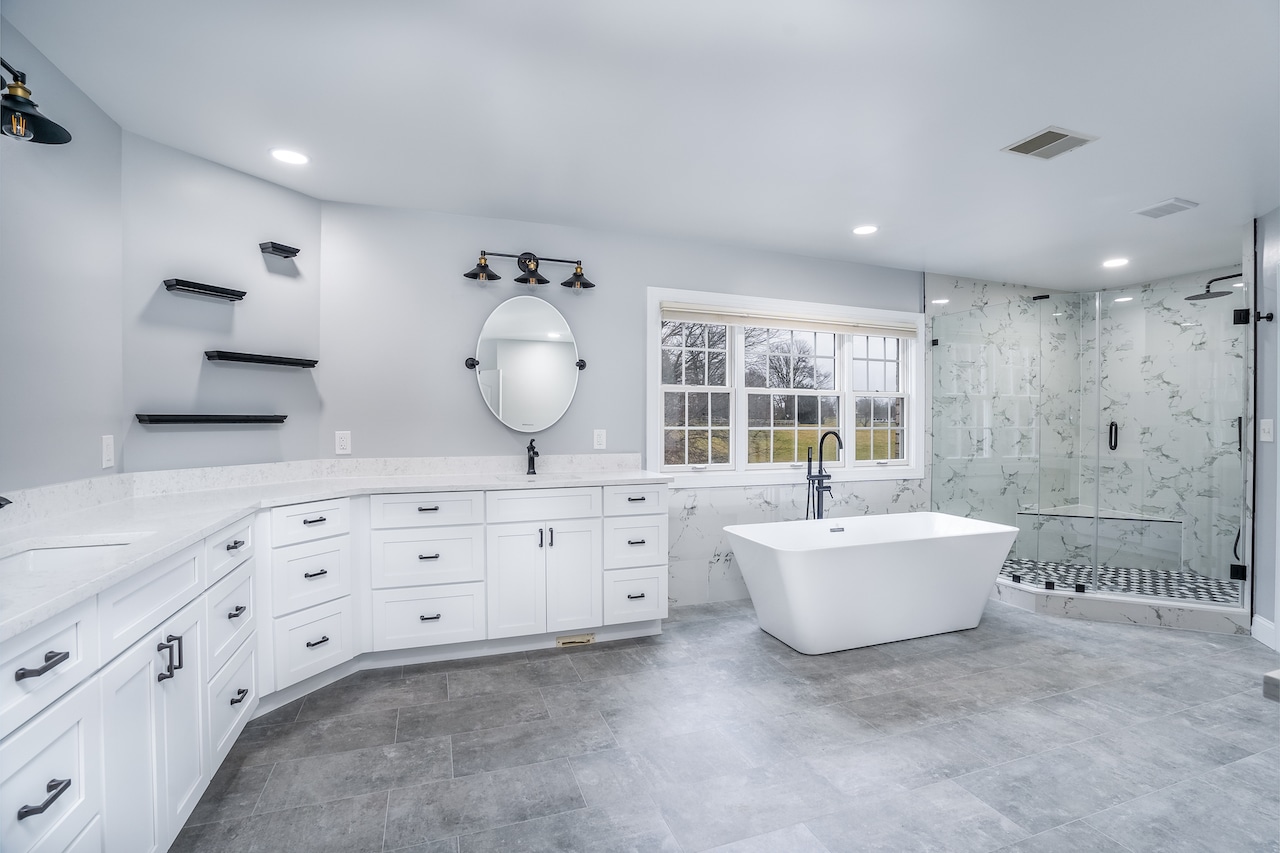

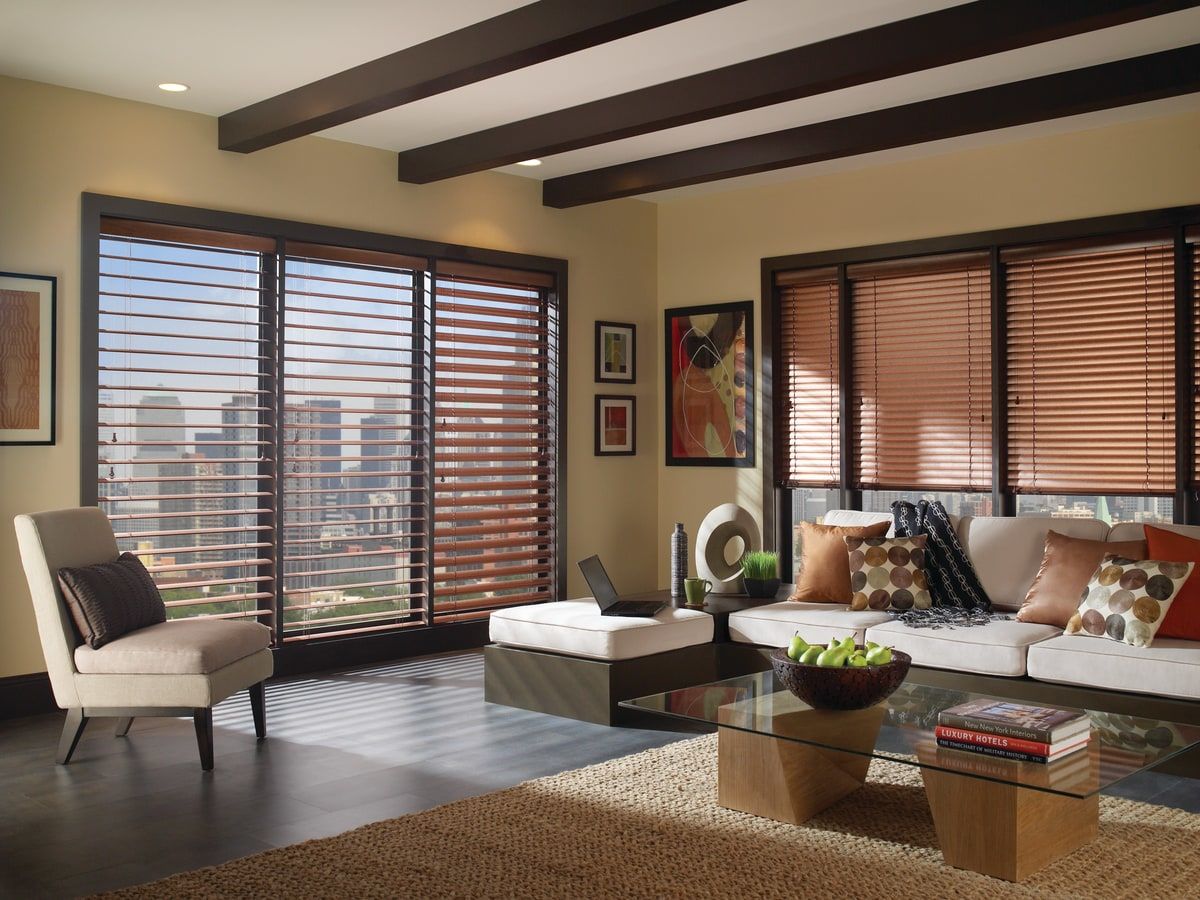

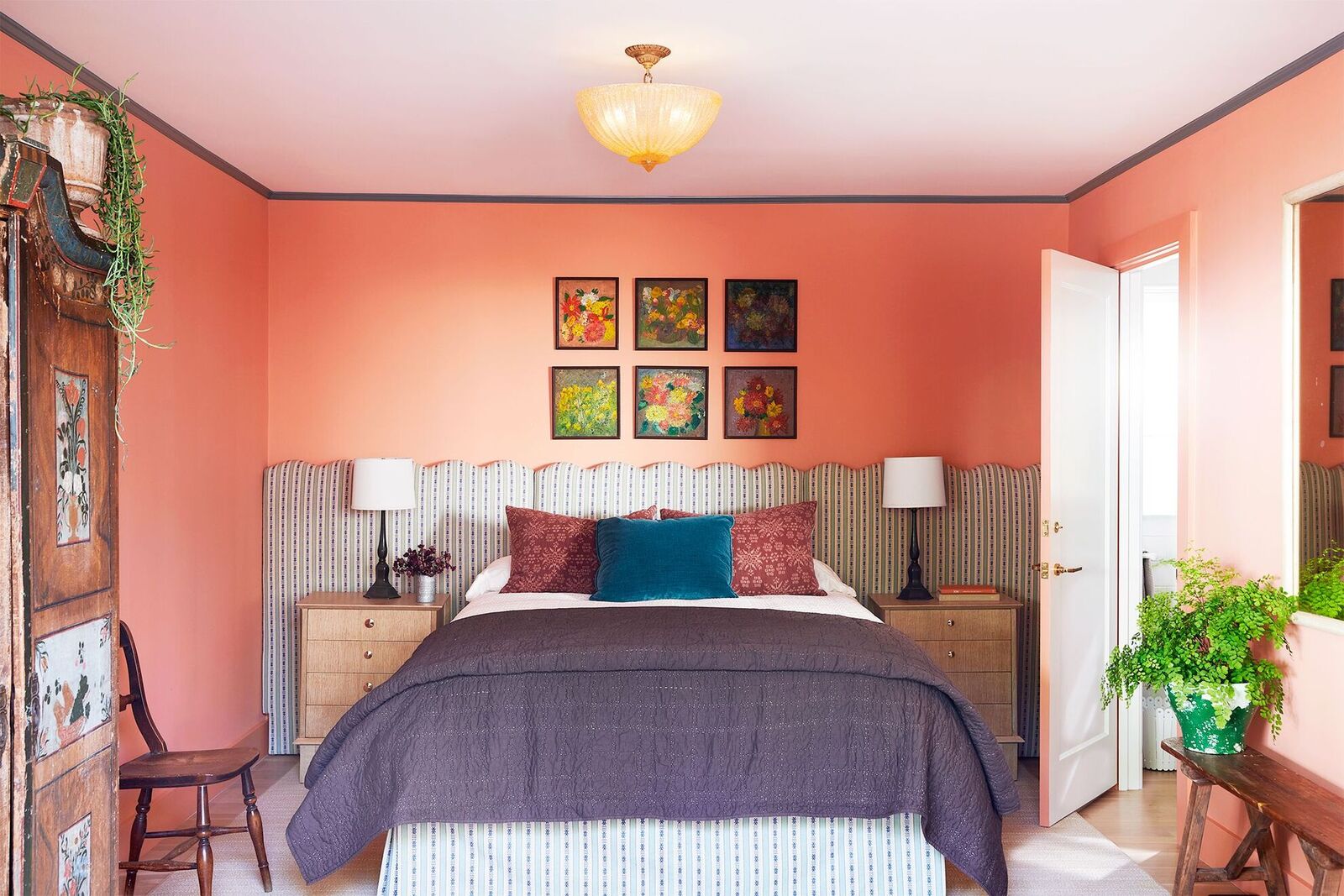

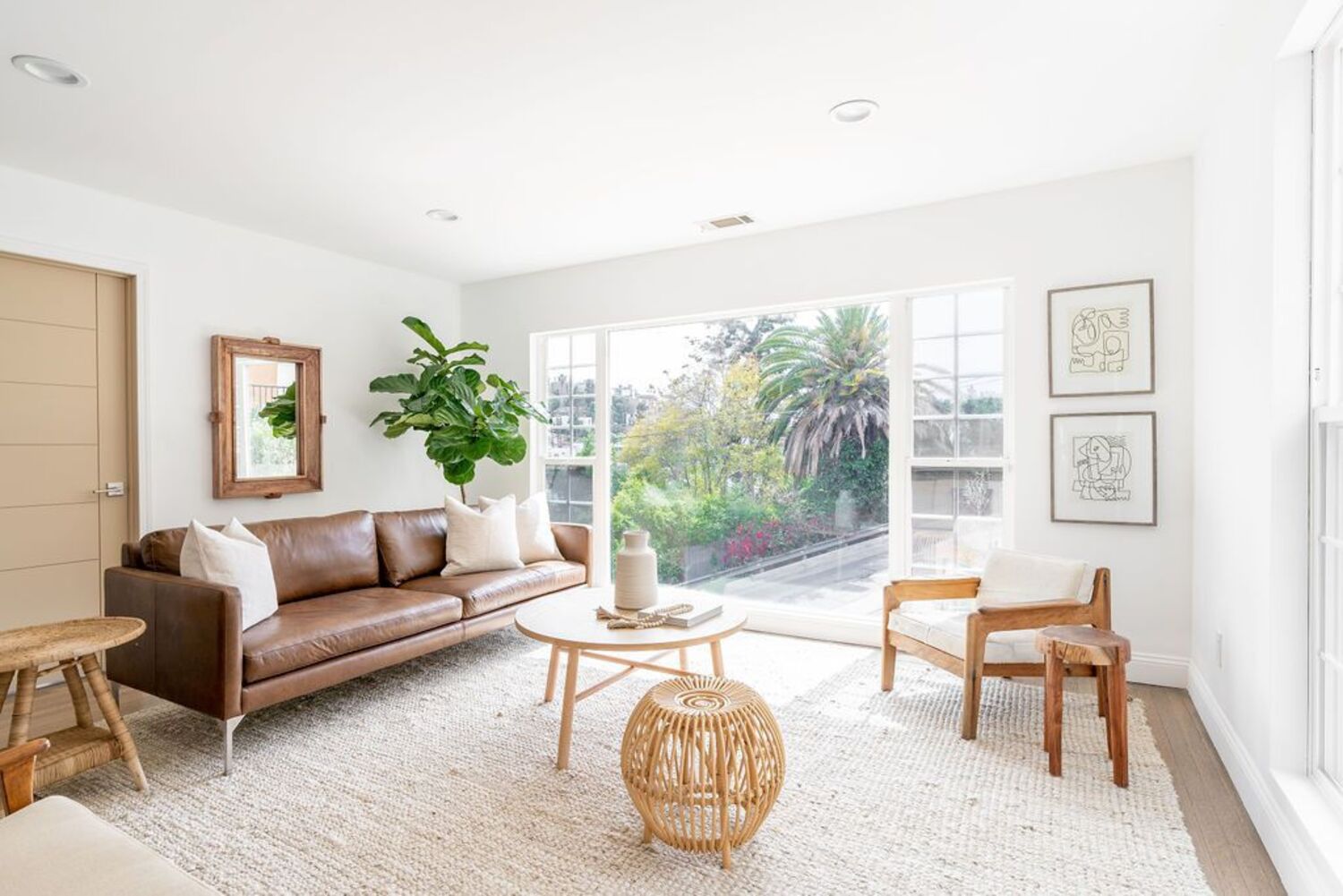

0 thoughts on “How To Really Budget For A Fixer-Upper, According To Experts”